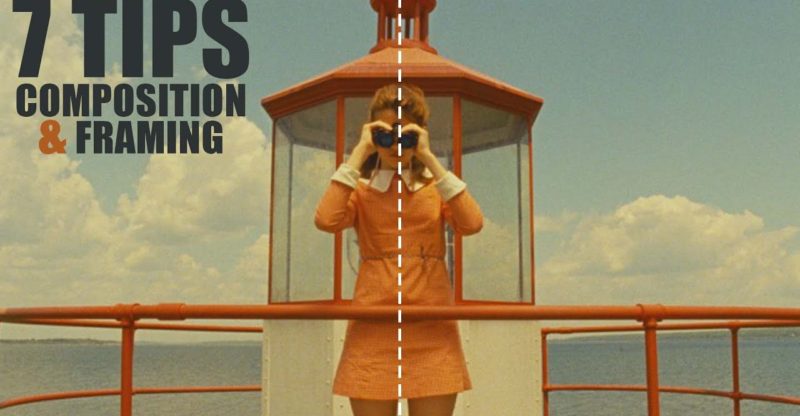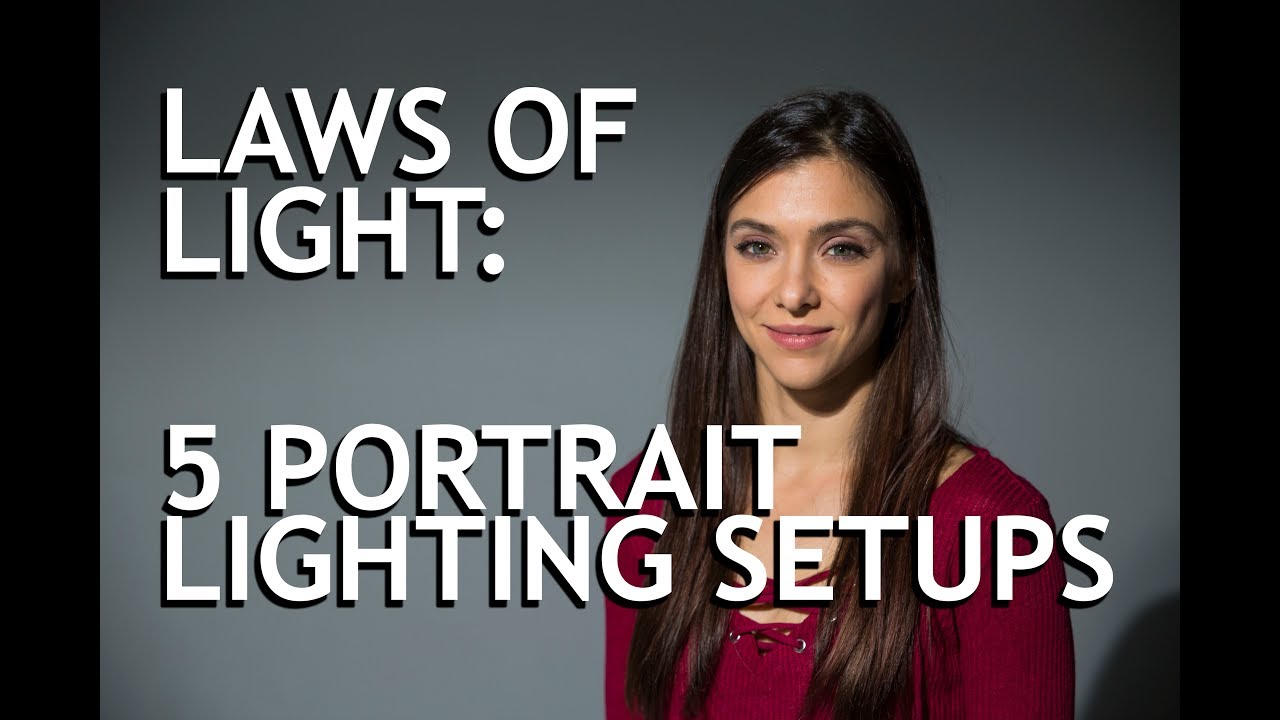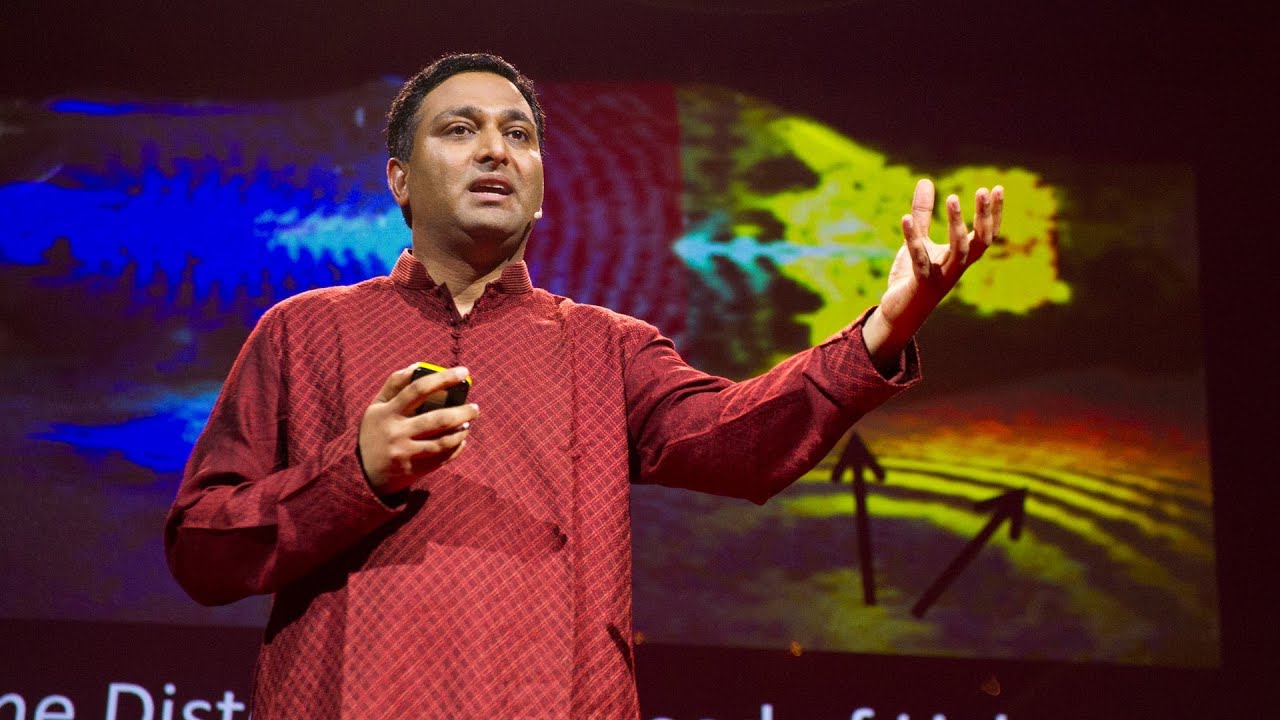7 Rules of Cinematic Framing and Composition
How do you frame your shot to
make your stories more interesting? How can you draw attention to your subject by
using composition? Well, in this video i'm going to show you seven tips for framing and composition
they're going to help step up your filmmaking framing and composition is one of the easiest
things that you can do to improve your filmmaking it doesn't require buying a new lens or
a new camera or any new editing software it's just absorbing this knowledge and
implementing it into your techniques when you take your camera out and start shooting in this
video we're going to go over seven tips to improve your framing and composition the first tip we're
going to discuss today is rule of thirds rule of thirds is one of the first things you learn when
you're in film school or when you start talking about cinematography and it's a compositional
guideline that breaks your frame down into thirds there are two horizontal lines and two vertical
lines effectively breaking your frame into nine sections it also creates four power point crosses
these are fantastic areas in the frame to place your subject because the viewer's eye is drawn to
these cross points according to the rule of thirds positioning your subject on these third lines will
improve the composition of your cinematography the easiest way to start implementing rule of
thirds is to go into your camera settings and turn on the grid lines most cameras have this
functionality you just turn it on and suddenly through your viewing screen you can see these rule
of thirds gridlines and you can start framing up your photos and your videos to fall on these
lines i'm going to show you here a shot as if we just took out the camera and wanted to get
the image as it's shown now if we have it just fall onto these third lines you can see the
difference in how much better frame the shot feels there's a real emotion that rule
of thirds helps convey to your audience and it feels much better when your subject falls
on one of these third lines if you're shooting the horizon you might want it to fall on the top
horizontal third or the bottom horizontal third as opposed to the center of your frame it's gonna
again add more emphasis to your subject and to the composition of your shot a ton of hollywood
movies use this technique go watch your favorite show or your favorite movie with rule of thirds in
mind and you're going to notice almost every shot follows this rule the center of the frame is
reserved for authority or for teaching you'll notice in videos like this one right now the
teacher is often center-framed looking right at the camera so not exactly following rule of thirds
but what this is doing is showing the authority of the subject who is informing or teaching
a lesson to the viewer so always start with rule of thirds when you're composing your shots
then you can move on to these next techniques the next tip is leading lines these are visual
pathways taken from things within your environment so if you go out and shoot look for some of the
natural lines in your environment that might come from a fence or a building or roads and use these
to draw the viewer's eye towards your subject these are great for portraits as well put
some lines in the back of your subject to help again draw the viewer's eyes in towards
whoever or whatever it is you're shooting again a lot of tv shows and movies use leading lines they
help show where a character might be going or they help draw your eyes towards where you want to be
looking on the screen you can also break this rule and use chaotic lines to help confuse the viewer
or confuse the character or subject in a show so leading lines are a fantastic compositional
tool that'll help improve the look of your footage and also your storytelling the next tip is balance
this is all about finding balance in your frame if you have one side of your frame that has a lot
going on and not a lot going on the other side of your frame you might want to start thinking
about this tool how can you balance a shot like this well if you're shooting an interview where
you have your subject on one side of the frame and not a lot on the other try adding something to the
other side of the frame add a lamp or a portrait or something that can sit there and fill the frame
and help balance out your shot do this when you're out shooting b-roll as well you can always think
about how you can have your subject on one side of the frame and something else on that other side
to really balance out the shot it's going to make your viewer feel a lot more calm and relaxed and
at ease seeing the nice balance in your shots when we talk about balance we also want to talk about
headroom and looking room now what does this mean well headroom often comes into play when you're
shooting something like an interview and that's the distance from the top of your frame to the
subject's head you want there to be some breathing room here you don't want their head going off
the top of the frame or with very little space so make sure you're always thinking about
headroom and the best way to do this is to put your subject's eyes on that top rule of
thirds line looking room is all about where your subject is looking so if you have an interview
where a subject is looking off to the side make sure they're looking towards the larger part
of the frame as opposed to the shorter part of the frame or else it's going to feel a little bit
strange a little bit off balance and just a bit confusing so when we talk about balance we do want
to think about headroom and looking room as well the next tip is symmetry and this falls into line
with balance symmetry is when you have both sides of your frame matching each other in some way wes
anderson is a master of this in his films you'll notice a lot of symmetry in all of his shots
symmetry is a great way to shoot interviews and documentaries it's a great way to use a background
to help add some nice framing to your shot and sometimes it doesn't take much sometimes you
might have a shot that looks off balance and not quite symmetrical and all it takes is a slight
camera adjustment to find the symmetry in the shot there's a lot of symmetry out there in the world
and all it takes is just kind of looking around and adjusting your angle and you can find it and
help improve your composition next we've got depth depth is a great compositional tool to help
provide more emphasis to your subject and the best way to achieve depth and subject
emphasis is by opening up your aperture if you open up the aperture in your camera you're
going to get that shallow depth of field that both looks and feels cinematic and also really
emphasizes your subject so open up that aperture let a little bit more light in and notice that
background fall out of focus adding that emphasis this is also great because it's going to remove a
lot of distractions when your aperture is really closed down and everything's in focus there can
be a lot of distractions and it becomes confusing who you're supposed to be looking at in a frame
by opening that up we get a shallow depth of field and we lose a lot of those distractions you
can also add depth to your frame by pulling your subject away from the background this is a great
tool when you're shooting an interview because it lets that background fall off and fall out of
focus a lot of beginners will place their subject right up against a wall to shoot an interview
and you just aren't going to get that same type of depth so pull your subject away have some space
in the background and maybe even consider adding something to the foreground a plant or some sort
of texture element in the foreground to show that there is depth in your shot next we've got frame
within a frame this is using elements within your environment to help frame up your subject now
this can be used in a lot of stylistic ways it's not always easy to do but when you can do
this it makes a big difference in your footage try shooting your subject through a window or
through any opening that you might find out in the real world this adds that additional framing
and can help again emphasize your subject and tell your story you'll notice this in a lot of films
and tv shows as well adding that additional frame and it can make a really really big difference
in your composition the final tip is to emphasize your subject now this is something we've been
talking about throughout this whole video and really you're going to want to use all of
the tools we've already discussed to do exactly this emphasize your subject use rule of thirds
use depth use symmetry and leading lines to show who it is you're telling the story of we don't
want to confuse our viewers we want to help them understand what we're trying to tell them and
by using these framing and compositional tips we can definitely emphasize our subjects and
make our stories that much easier to understand so overall framing composition is really
not that hard to do try applying some of these tips the next time you're out shooting
and see how they improve your cinematography see how you can use the rule of thirds to
adjust your interviews and get your b-roll shots looking that much nicer see what kind of
leading lines you can see out in the real world to show where a character might be going or to add
emphasis to your portraits you can start using all of these tips today to improve your framing and
composition so if you're enjoying these videos go ahead and leave a like down below subscribe
to the channel there's a lot more to come thank you for watching this one and good
luck on your framing and composition














